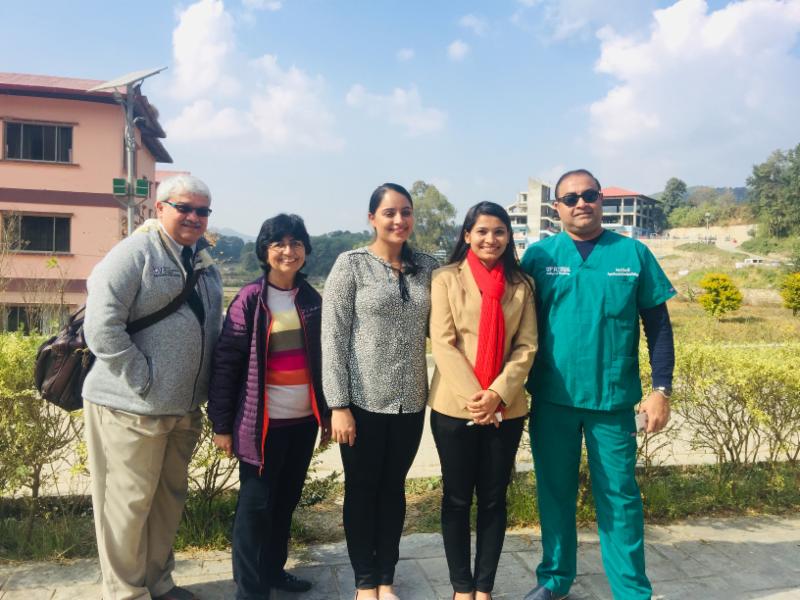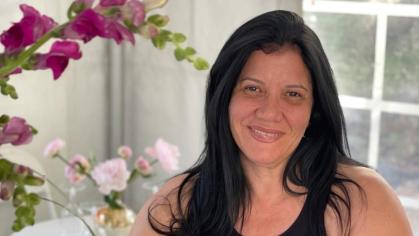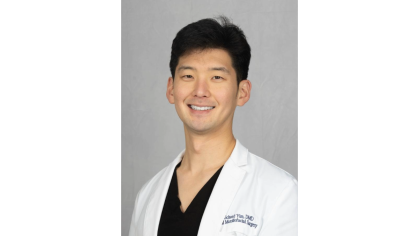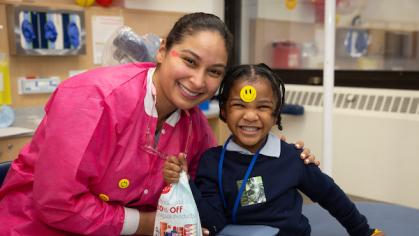At a Nepal Dental School, Faculty Member Shares Knowledge
 Dr. Shruti Kashikar, third from left, with colleagues at a dental school campus in Nepal.
Dr. Shruti Kashikar, third from left, with colleagues at a dental school campus in Nepal.
In the mountains of Nepal, many villagers enjoy chewing tobacco, increasing their risk of oral cancer.
Oral pathology is vital in diagnosing the disease, but information and technology, such as Cone Beam Topography (CBT) scans and cytogenetics labs, often lag behind advances in the U.S. and more developed nations.
Dr. Shruti Kashikar, an RSDM assistant professor of Oral Pathology, was invited to lecture at the Kathmandu University School of Medical Sciences dental school, where she shared her knowledge with students and providers, along with updates in the field. “They didn’t always have access to information, so we were able to tell them about new classification systems and how we sign out various pathological entities,'' she explained.
The program was hosted by the New York University Dental Global Ambassadors, who selected Kashikar and three other U.S. oral pathology professors from a pool of applicants.
During the November trip, Kashikar had a chance to learn about dental education in the country. At the school, outside the city of Kathmandu, each graduating class totaled about 30 students and classes were held in unheated lecture halls, said Kashikar.
However, the school’s pathology faculty had enough basic resources to educate students and diagnose patients. “I thought it was going to be very prehistoric, but I was surprised how well-equipped they were and how resourceful they were with what they did have.’’
She learned care among rural patients is often limited to extractions and more basic procedures and discovered the little-known fact that there is a dental clinic on Mount Everest. “Every time trekkers would go up, they would bring candy. The local kids were getting cavities and were in so much pain, they had to open a clinic to help them. They also put up signs along the mountain warning people not to hand out candy,’’ she recounted.
It was gratifying for Kashikar to know that faculty on the trip could make a difference. “We’re leaving them with information they could potentially use for future patient care, teaching and continuing education. I hope that this type of academic mission will inspire others dentists at Rutgers to pursue those opportunities and make a change in the world of dentistry,’’ she said.



